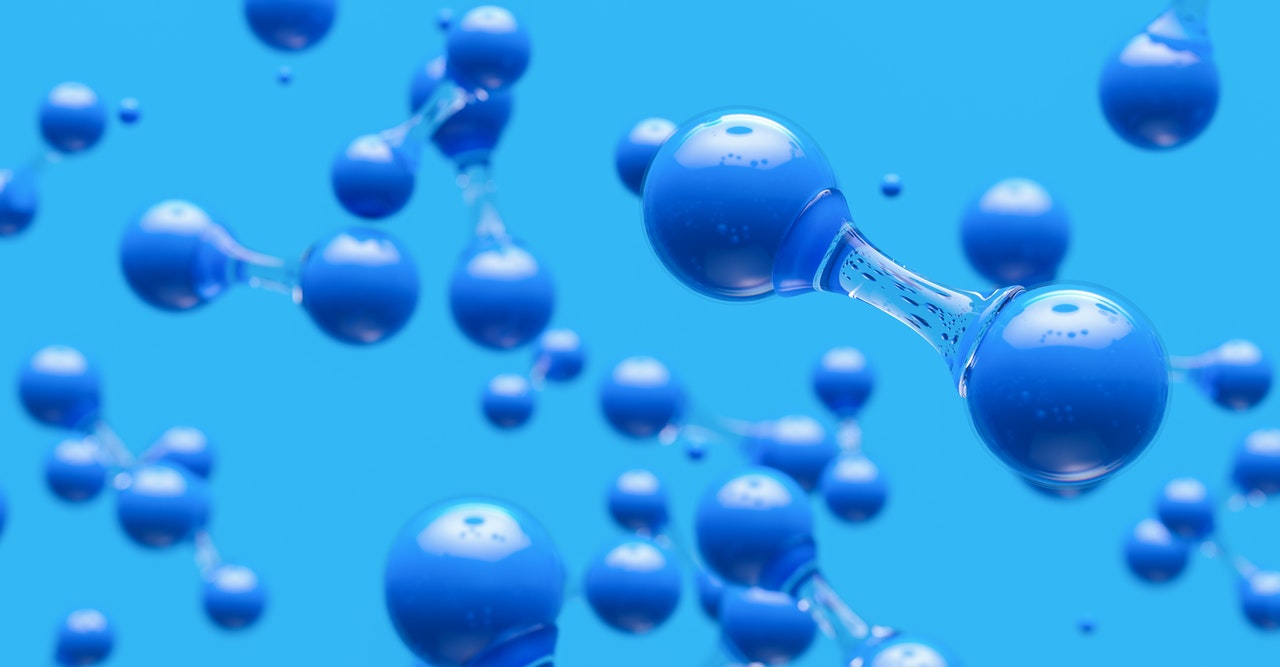Research group led by prof. Wei Wei and Chen Wei of the Shanghai Advanced Research Institute (SARI) of the Chinese Academy of Sciences reported a hierarchical micro/nanostructured silver hollow fiber electrode for accelerating CO2 electroreduction.
The electrode reduces CO2 to CO with a conversion of more than 54% at a high space velocity of 31,000 ml gcat -1 h -1 under ambient conditions, maintaining stable high current densities (~1.26 A cm -2 ) and high CO content faraday efficiency (~93%), Phys.org writes.
The electrochemical conversion of CO2 into carbonaceous fuels and valuable raw materials using renewable electricity is an attractive strategy for reducing CO2 emissions and renewable energy consumption, which can help achieve the goal of carbon neutrality.
CO is a key component of synthesis gas, a mixture of CO and H 2 that can be directly converted into various value-added chemicals through well-established industrial processes such as Fischer-Tropsch synthesis, methanol synthesis, etc. Thus, electroreduction of CO 2 in CO is considered one of the most promising means of obtaining cost-competitive products.
However, highly efficient CO 2 conversion at high space velocity under mild conditions remains a challenge. The hollow fiber electrode with hierarchical micro/nano structures in this study consists of only metallic silver (Ag) for the electroreduction of CO2 to CO.
Such a porous Ag hollow fiber electrode, acting as a CO 2 dispersant, not only enhances three-phase interfacial reactions, but also directs mass transfer during electrolysis. Electrochemical results and operand time-resolved Raman spectra demonstrate that enhanced three-phase interface reactions and oriented mass transfer synergistically increase CO production.
This result provides new possibilities for the simultaneous enhancement of three-phase interfacial reactions and mass transfer kinetics.
In addition, it demonstrates that micro/nanostructured Ag hollow fiber can be an ideal industrial electrode with excellent durability, indicating encouraging progress in CO2 electroreduction that could lead to scalable applications.

